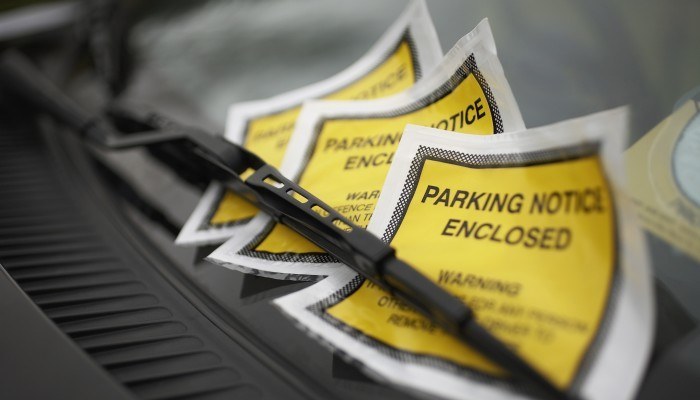There has been a large increase in the number of motorists being fined and having their vehicle clamped following the implementation of changes to the tax disc system.
Thousands of motorists have been issued with penalties after their vehicles were towed away for failing to pay road tax – even if a legitimately-dated paper certificate was on display.
Following last August's changes, the DVLA no longer requires that paper tax discs be shown on windshields. Instead, a new digital system has taken its place.
However, when a used car changes ownership the vehicle excise duty (VED) is automatically cancelled. New owners must pay VED again before taking their car out onto the road. It is believed some of the increase in penalties is down to a lack of awareness of this requirement.
Even if a paper tax disc has not expired, owners must renew the vehicle’s tax for themselves. Number plate recognition cameras are able to identify cars with invalid tax discs and notify the DVLA.
Vehicle excise duty came about in 1889, but it wasn’t until 1920 that all vehicles were required to display a paper tax disc. After 93 years the paper disc system was replaced by the present digital system last October.
Technically called a 'vehicle licence', vehicle excise duty can now be bought quickly online or at the Post Office – reducing the viability of the 'it's in the post' excuse, familiar to so many traffic police.
While the new system is causing its fair share of problems with the motoring public, it does allow drivers to spread the cost over 12 months with its Direct Debit payment option.





